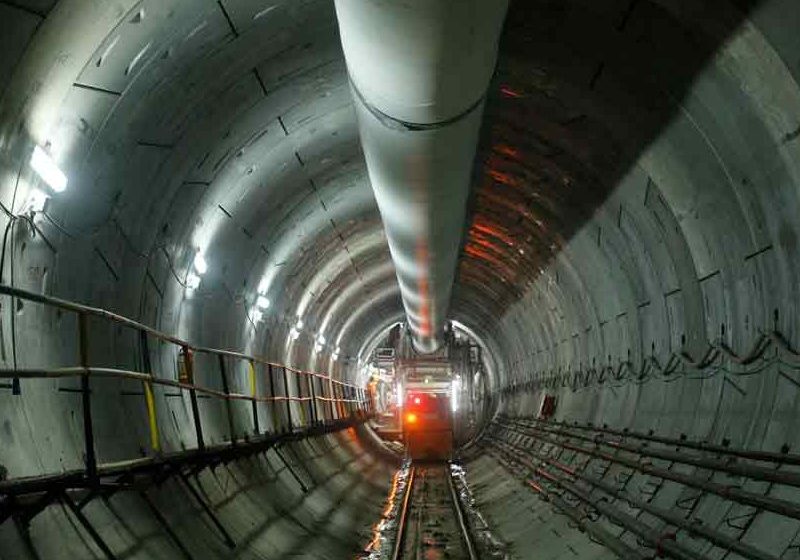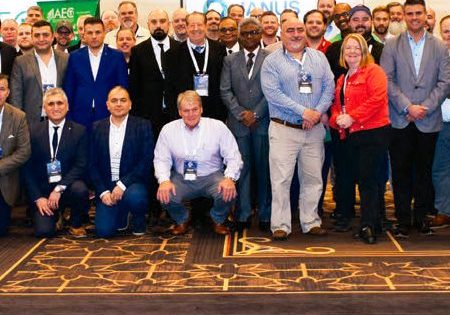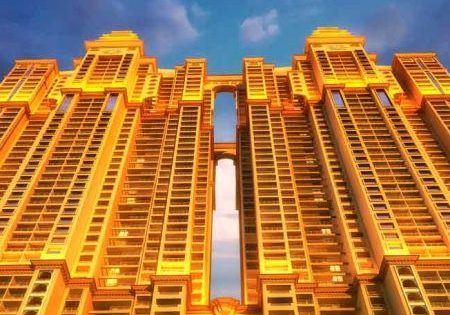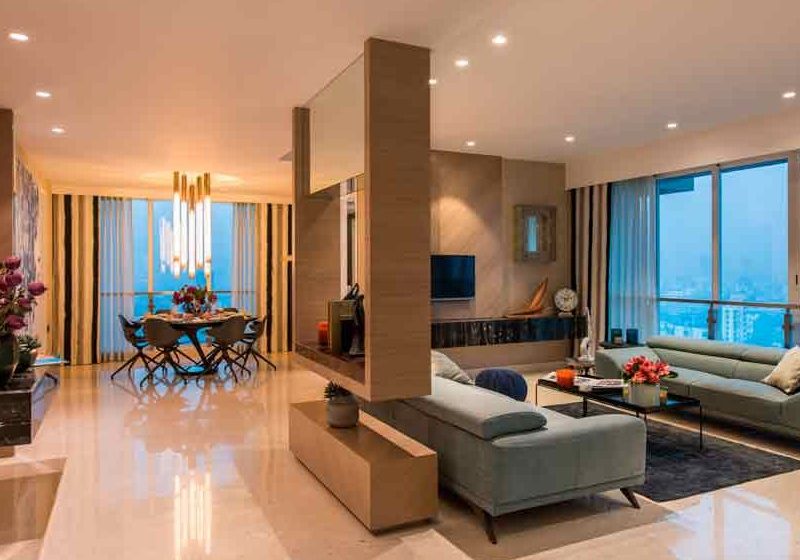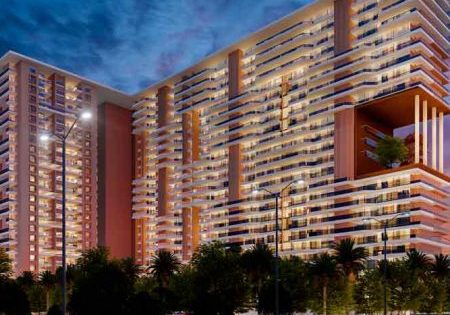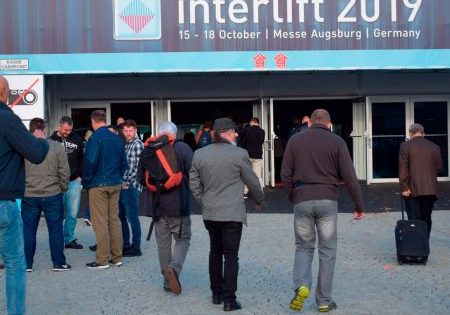Heritage and Headway
Jan 1, 2020
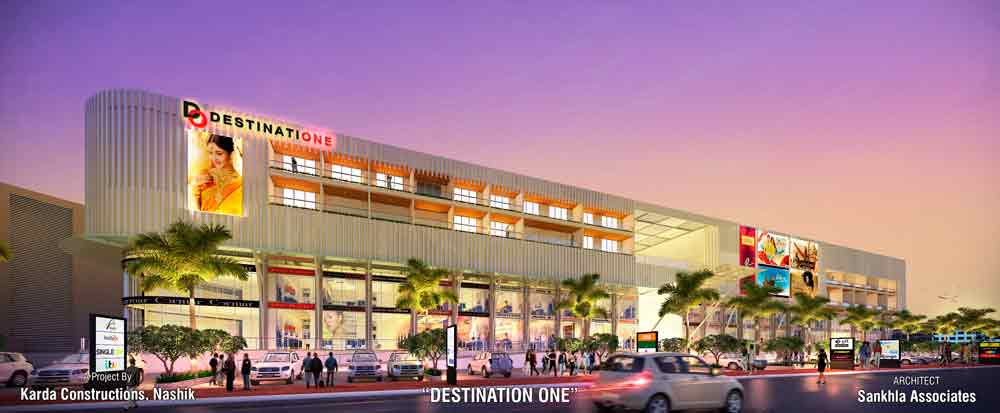
Architecture team talks about how the ancient holy city of Nashik is transforming and the implications that has for the VT industry.
When a small town develops and gradually transforms into a small city, there is fear that the essence of what it once was will become lost. Nashik, the third-most-populous city in Maharashtra behind Mumbai and Pune, with approximately 1.48 million residents,[1] has managed to achieve a rare balancing act: retaining the ambiance of a quintessential religious hub as it enters the modern era. This is reflected in Nashik’s real estate, with the focus shifting from bungalows to standalone buildings that are getting higher each year. Nashik-based father/daughter architect duo Vijay Sankhla and Prachi Chintan Vasani Sankhla of Sankhla Associates shared insights on a city holding onto its heritage as it transitions to higher buildings and what this means for the elevator industry.
Given the current real estate market in Nashik, there is considerable demand for elevators. Infrastructure development is expected to help further transform the real estate market in the city, resulting in greater demand for elevators and enhanced educational initiatives regarding the use of vertical-transportation (VT) equipment and safety dos and don’ts.
Vijay Sankhla said several government norms have impacted the design of high rises and their VT equipment. For educational entities, the government requires 40% of its land be set aside for a playground. This has resulted in construction of high-rise institutional buildings, which led to demand for higher-capacity elevators than the ones previously called for, which each had a maximum capacity of six persons.
Increasing high-rise construction is due to an increase in population and, in some areas, higher allowable floor space index (FSI). FSI is the ratio of built-up space on a plot of land relative to the size of that plot of land. Governments use it to guide development: for example, allowing higher FSI in areas near public transit to encourage transit-oriented development. Like other growing cities, Nashik has seen upward fluctuations in allowable FSI, which has led to taller construction in some places. As they have in Mumbai, people in Nashik now accept high rises, as long as they are outfitted with high-quality VT, Vijay Sankhla said.
When it comes to the variety of VT options being incorporated, he shared that some elevators in Nashik are small, machine-room-less (MRL) systems. MRL elevators are usually used in bungalows or ground-level-plus-two-floor structures. Nashik falls under the Air Force Funnel Zone, which means tower height restrictions. Still, the architects say they are incorporating MRL systems into slightly taller buildings as developers add floors to maximize FSI. One such project is the mixed-use Hari Nakshatra residential and retail development. Here, Vijay Sankhla says, both MRL systems and platform lifts for material transportation throughout bigger stores are being used. It’s a trend he believes will continue.
Vijay Sankhla also highlighted that Nashik was recently declared the most unpolluted city in India — thus, the most livable. As a result, the real estate market is flourishing. People from Mumbai and Thane are buying apartments in Nashik as second homes, as prices are comparatively very reasonable. Due to ample available land and increases in FSI, high-rise buildings are increasingly being designed, opening up greater opportunity for the elevator industry. Nashik residents are becoming very accustomed to elevators, and there are many elevator manufacturers and assembly companies to cater to their needs, he said.
Referring to low-rise structures that utilize VT, Vijay Sankhla observed:
“In bungalows, we use compact home lifts for the comfort of elderly people, residents and visitors. People who are sick or disabled, and even those who need to carry luggage to higher floors, find these lifts useful. Usually, row house plots are small — less than 100 m2 — and they also have to accommodate a parking area. Therefore, we design row houses atop stilts, and it’s common for us to provide a small lift if the structure is at least two stories tall.”
Nashik is known for its historical importance and heritage manifested in various religious events like Kumbh Mela, one of the largest religious gatherings in the world, and rituals performed at Ramkund and Godavari Ghats. Various aspects of Nashik’s topological heritage include the Godavari River and its awe-inspiring banks in the heart of the city.
Prachi Chintan Vasani Sankhla explained that access to Nashik’s heritage structures must be available to every person, regardless of physical ability. Access to these heritage sites can be provided for those with disabilities and the elderly with minimum encroachment on the structures. Provision of access to these structures can increase the cognizance and appreciation of the city’s cultural, social and economic background.
Sankhla opined that ramps or lifts are the best aids by which to increase accessibility to heritage structures. If not at the front elevation, they can be located at the sides using compatible materials that blend with those structures. Stairlifts can also be an option for wheelchair users who wish to visit independently. Along with this, the surrounding landscape can be designed around it to amalgamate both the structures.
For areas where access is required only from ground to plinth level, platform (instead of enclosed) lifts can be provided. Every individual has the right to ingress heritage structures and, for that matter, even public spaces, she said. Authorities should ensure that people with disabilities are not discriminated against or distanced from accessing these places, she affirmed.
Nashik Meets the Challenge
The Smart Cities Mission of the Government of India promotes cities that provide core infrastructure and a decent quality of life. The mission’s Smart City Challenge required cities to present a proposal for development — area-based, focusing on a specific area in the city, and pan-city based, encompassing all parts of the city. Nashik ranked 11th in the pan-city part of the challenge. Being a part of the Golden Triangle (Mumbai, Pune and Nashik), it offers diverse employment opportunities, along with good infrastructure and a responsive local government.
Reference
[1] wikipedia.org/wiki/Nashik
Get more of Elevator World. Sign up for our free e-newsletter.


